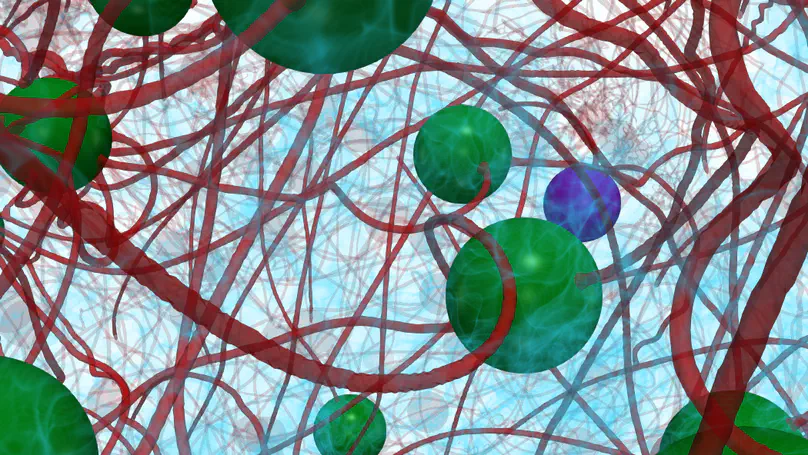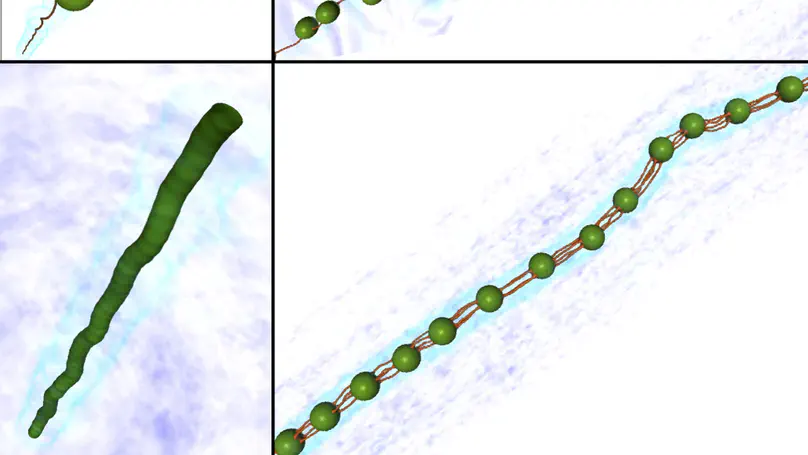News
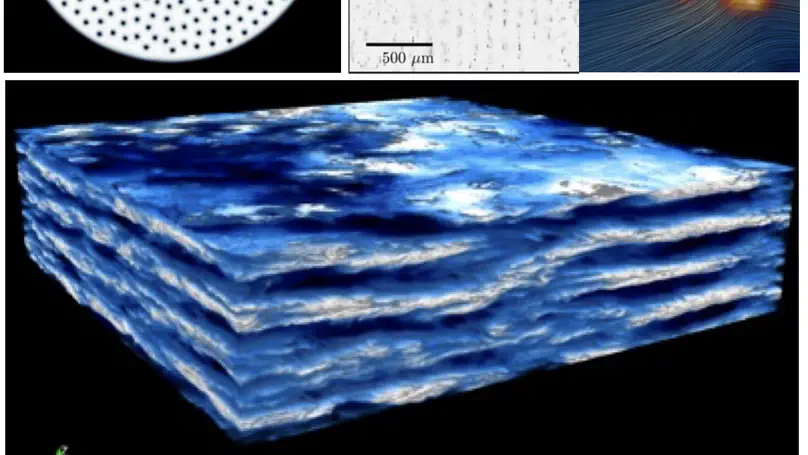
We are advertising two postodoc positions on the SIMONS Wave Turbulence Collaboration and one on the ANR Project QuantumVIW. 2 year postdoctoral position funded by the QuantumVIW ANR Project at Laboratoire J.
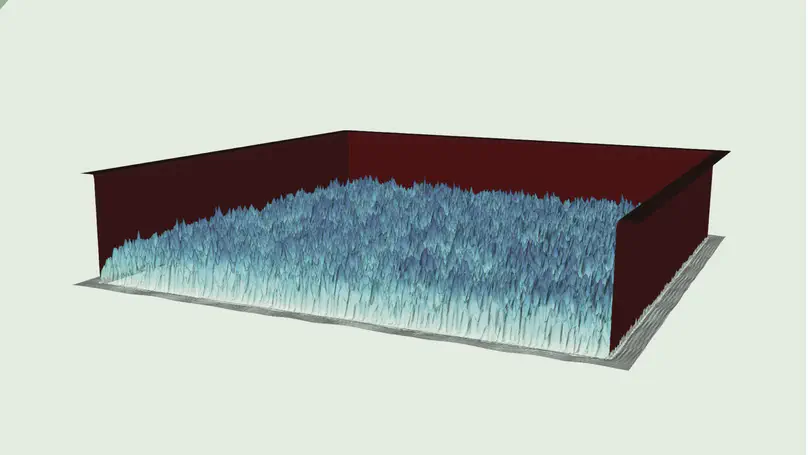
We use the theory of wave turbulence to predict the cascades of Bose-Einstein condensate and we corroborate our results performing numerical simulations.
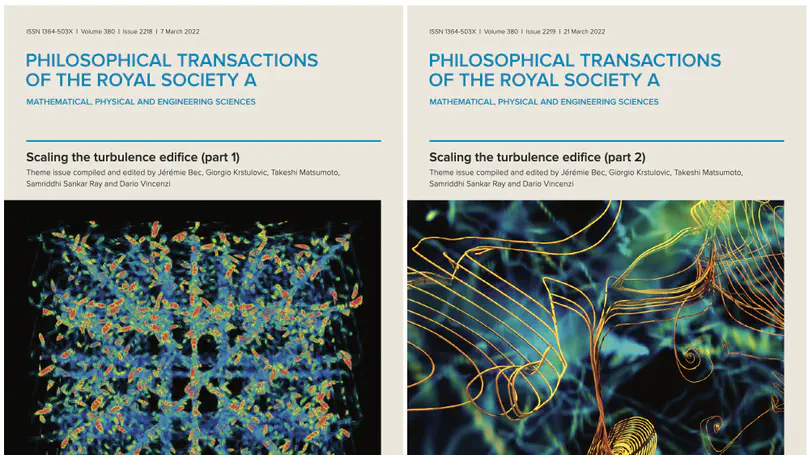
Two whole volumes of the Philosophical Transactions of the Royal Society A completely devoted to turbulence, with contributions of well-recognised mathematicians and physicists
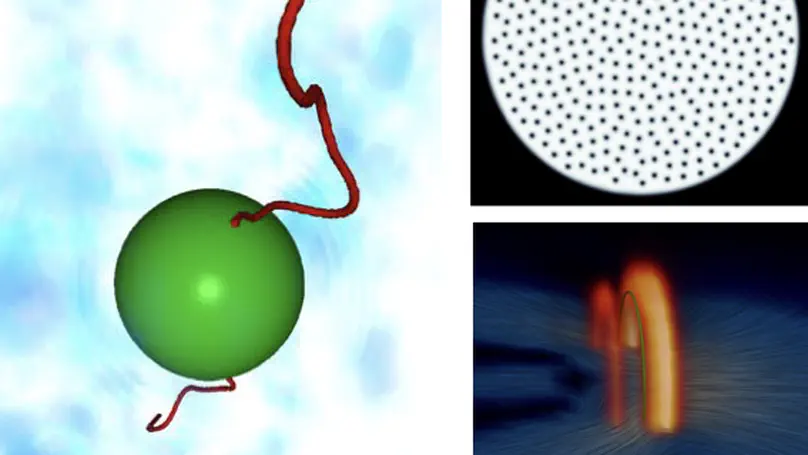
The figure above shows different numerical simulations of superfluids and particles which have been performed by members of the team. Left: A particle (in green) trapped by a quantum vortex (in red) simulated by the Gross-Pitaevskii model.

When we think of a tornado, we often imagine a long filament moving through space, dragging everything in its path. These tornadoes or eddies, called vortices by physicists, are ubiquitous in turbulent flows, such as one observed in the atmosphere, the oceans, or in a simple cup of coffee stirred by a spoon.
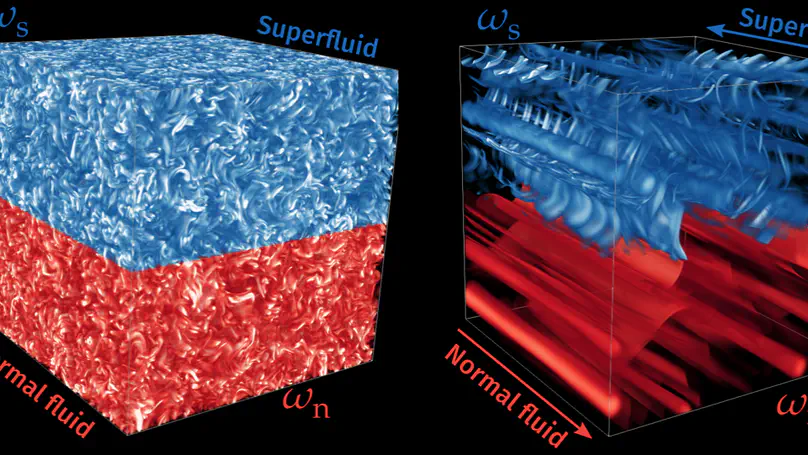
Superfluids are characterised by being described by an immiscible mixture of two fluids: a normal fluid, that is viscous and a superfluid with no viscosity. When a superfluid is heated on one side of a channel, the normal fluid carries the heat away, and the superfluid flows in the opposite direction to conserve the mass.

Quantum vortices are one of the most important excitations of a superfluid. Such vortices behaves in many aspects as they classical counterpart. They reconnect changing the topology of the flow and transferring energy along scales.
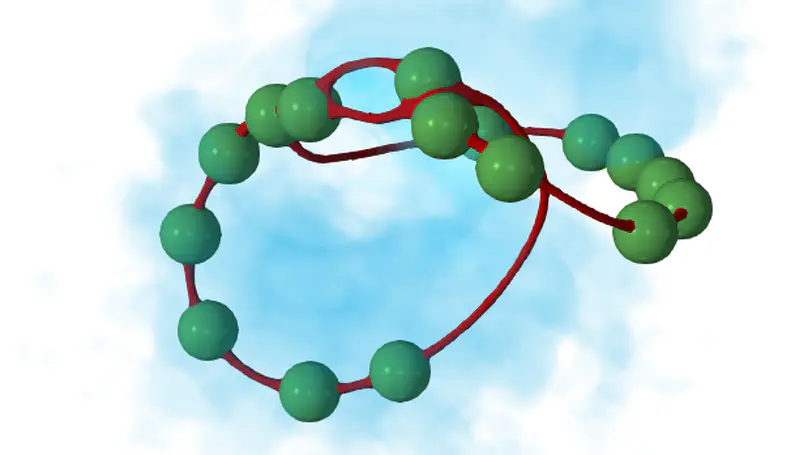
Particles are used in superfluid to visualise quantum vortices, they get trapped inside vortices, and we can follow their dynamics. Quantum vortices can reconnect, and particles are an essential tool to study the process.
